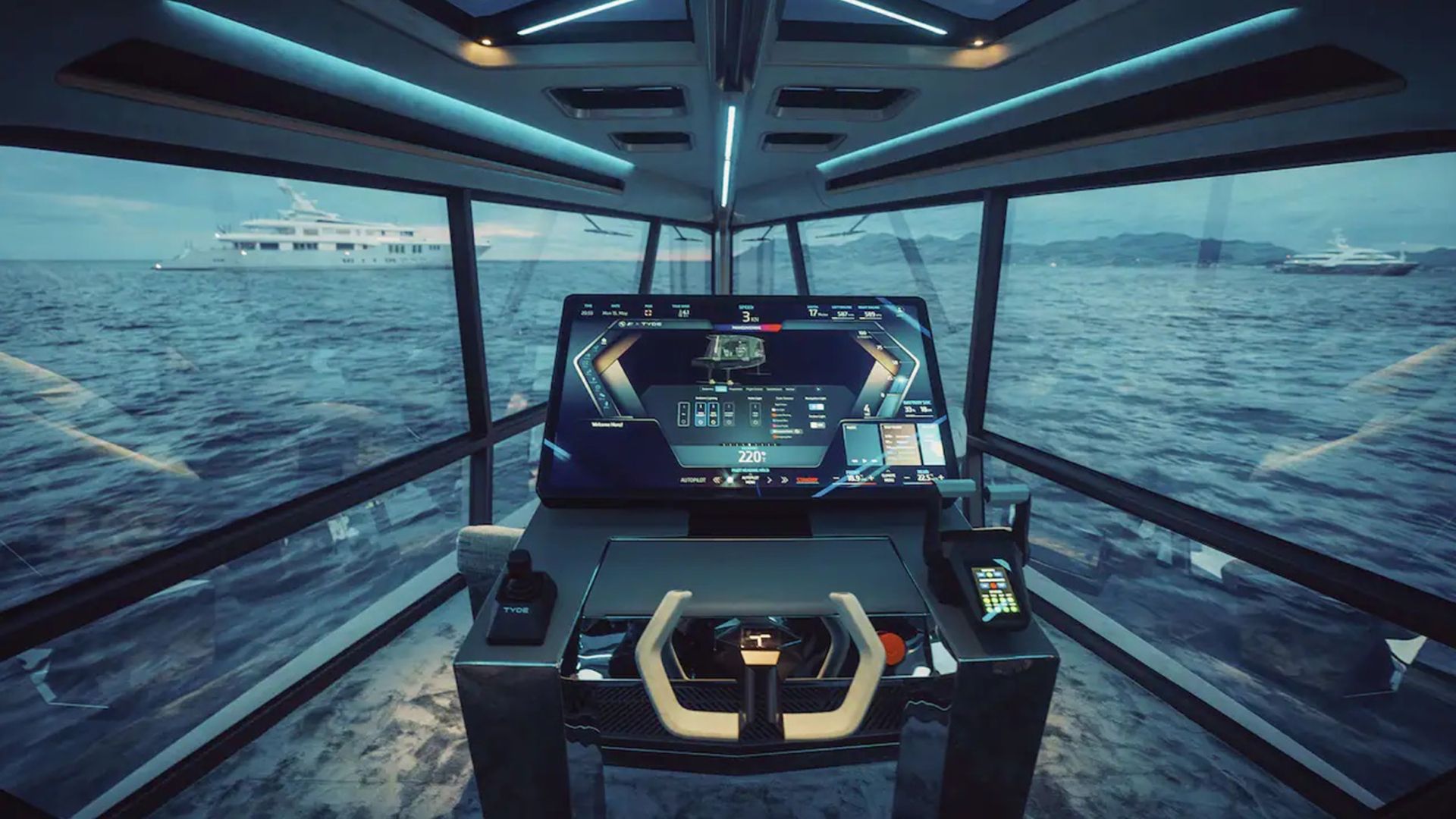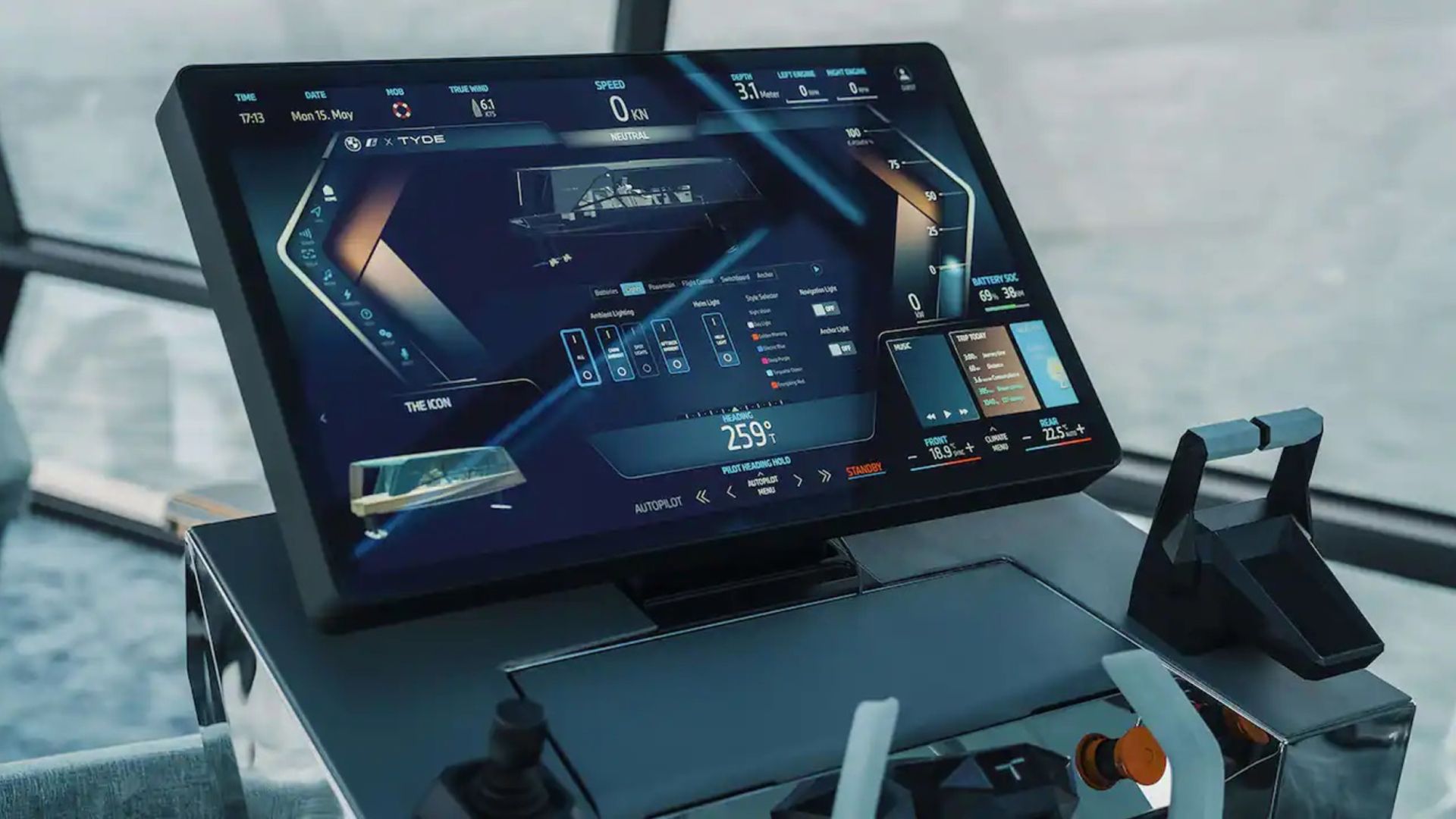THE ICON
Sheer e-sailing pleasure.
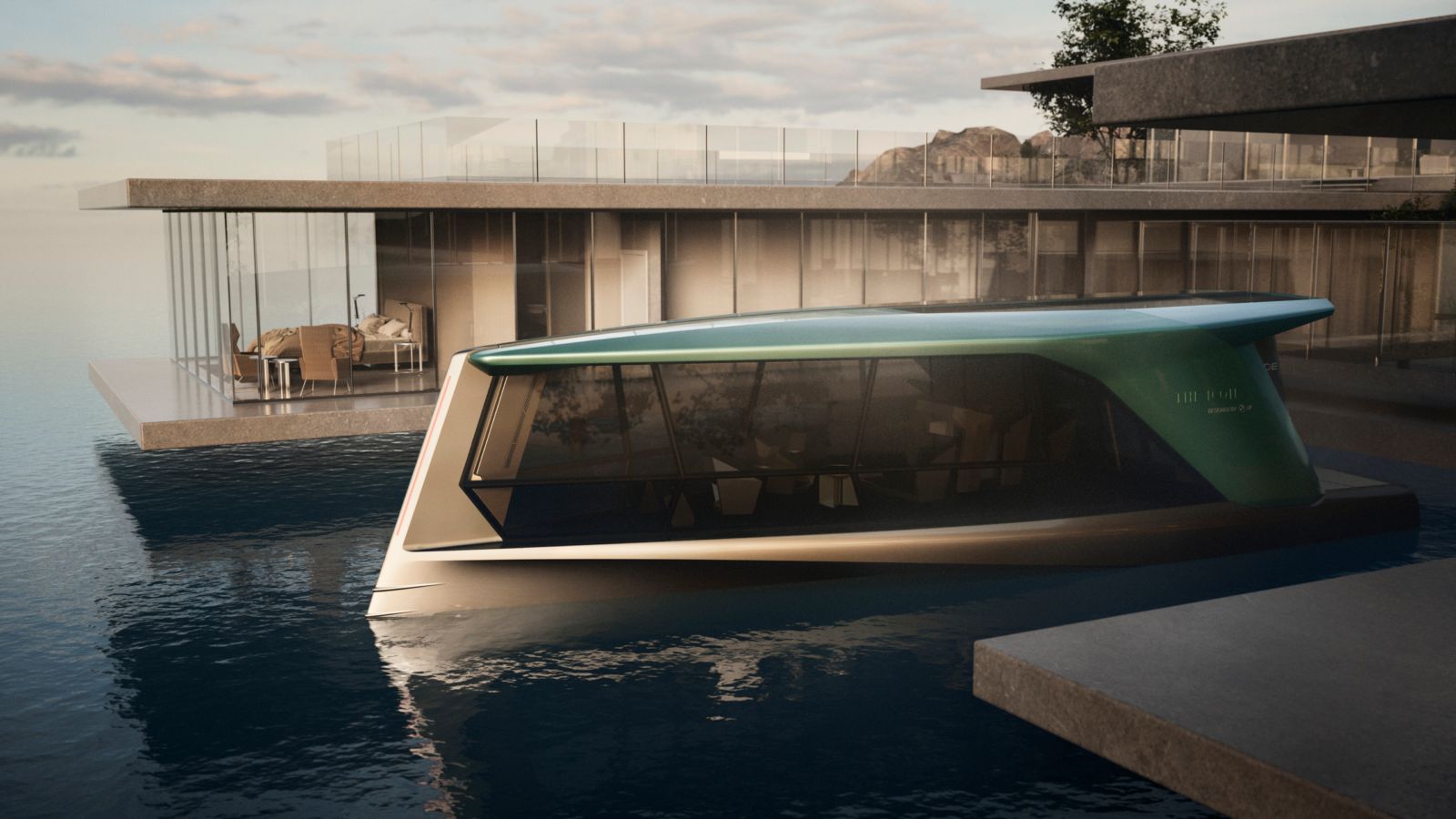
Charting Sustainable Urban Waters.
The future of sustainability begins with mobility, according to the UN’s World Economic Forum. But according to a 2023 global study, urban traffic levels worldwide have been trending upwards. Despite the various steps the mobility sector has taken in the right direction, the most congested cities in the world keep on getting even more congested. As traffic, pollution, and limited space continue to plague urban centers, it becomes increasingly crucial to explore alternative modes of sustainable transportation.
So, when BMW challenged us to write the next chapter of urban e-mobility a few years back, we ventured off the beaten, land-based track and took a more nautical approach to the challenge.
“We all speak about the awe of the ocean and how we can conserve it, but then we stress this beautiful environment by using gasoline powered propulsion. we need to step into a more sustainable future on water. There’s no turning back.”
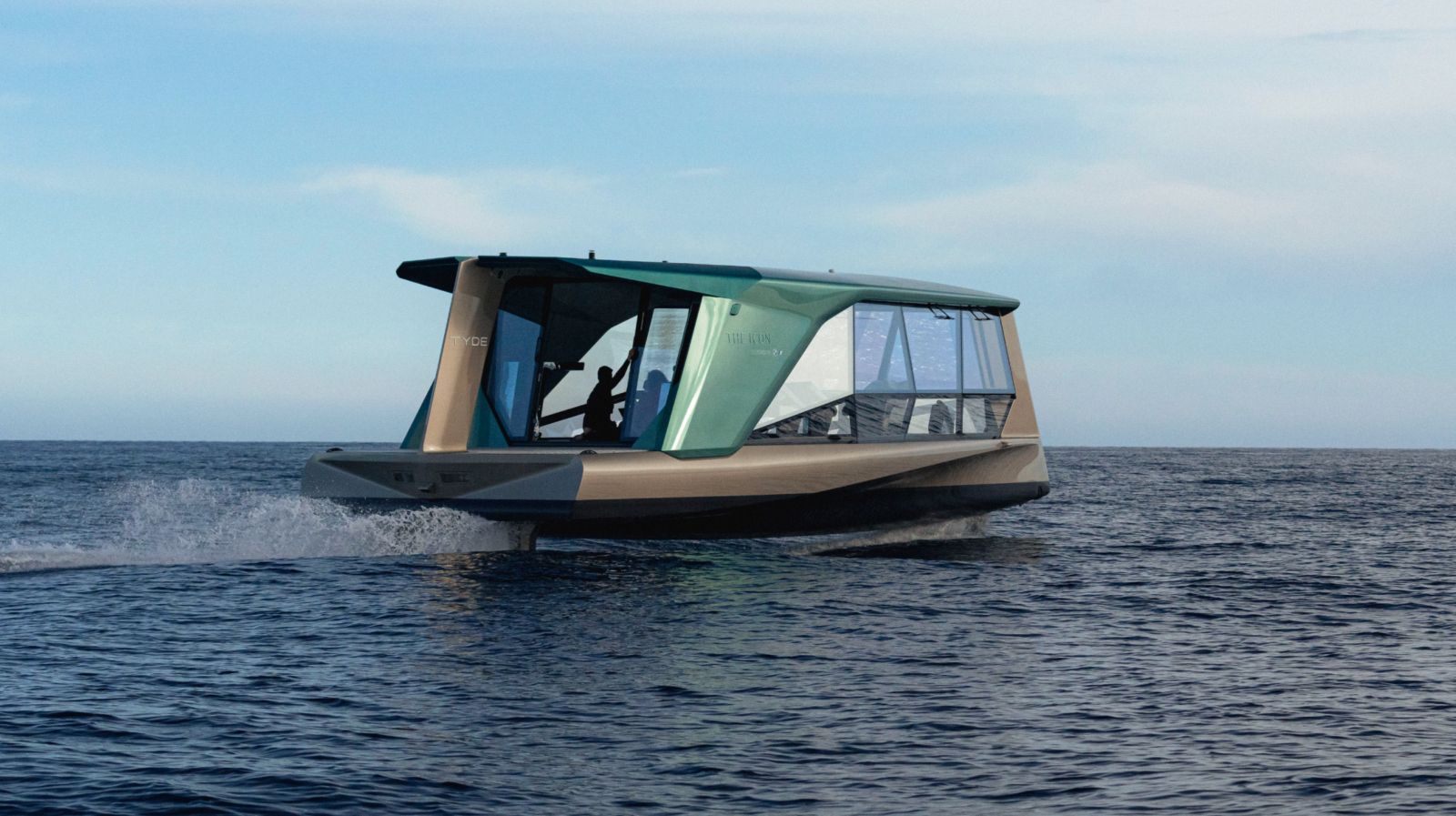
Thinking outside the boat.
Rather than looking to create the next-generation super yacht, sailing boat, or the electrified version of what is currently out there, our team was looking to develop a scalable platform solution. A flexible and highly efficient system that would encourage the transition to emission- and noise-free water-based transportation.
“As we always challenge ourselves to apply cross-industry knowledge, we were thinking completely different about transportation on water, and this gave us the opportunity to come up with a new and innovative architecture.”
Instead of a one-hit-wonder, our focus was on designing a framework that would pave the way for a new generation of sustainable water vehicles. A series of versatile watercrafts able to cater to various use case scenarios, from personal mobility and recreation to commercial use and public transport.
To bring that ambitious vision to life we teamed up with Tyde. An innovative marine mobility start-up, led by experienced professionals in advanced electric mobility and the boating industry.
BMW's Nautical Design Innovation.
The icon is a new type of electrified watercraft, driven by BMW i3 batteries, hydrofoil technology, and the relentless determination and passion of the teams that worked on it. It is 13.15 meters long, 100% electric, and 80% more energy efficient compared to vessels of the same size, regardless of their energy source.
To live up to its ambition, THE ICON is designed with three key principles in mind: sustainability, flexibility, scalability. This production-ready Water Electric Vehicle (WEV) holds the potential to reduce traffic and improve urban connectivity in cities like London, Chicago, and Paris, places with access to lakes, rivers, or coastlines. By seamlessly integrating into existing urban mobility systems, it offers an alternative transportation mode. All while delivering an innovative, high-end passenger experience that evokes a sense of excitement, elegance, and performance. Yes, very much like a BMW would.
We deliberately did not copy any signature elements from BMW cars. And yet, THE ICON does give off very strong BMW vibes. That’s because the emotionally charged aesthetics, bold lines, sculpted contours, and carefully curated styling elements convey a sense of power, elegance, and dynamism. It is saying “BMW”, without saying “BMW”.
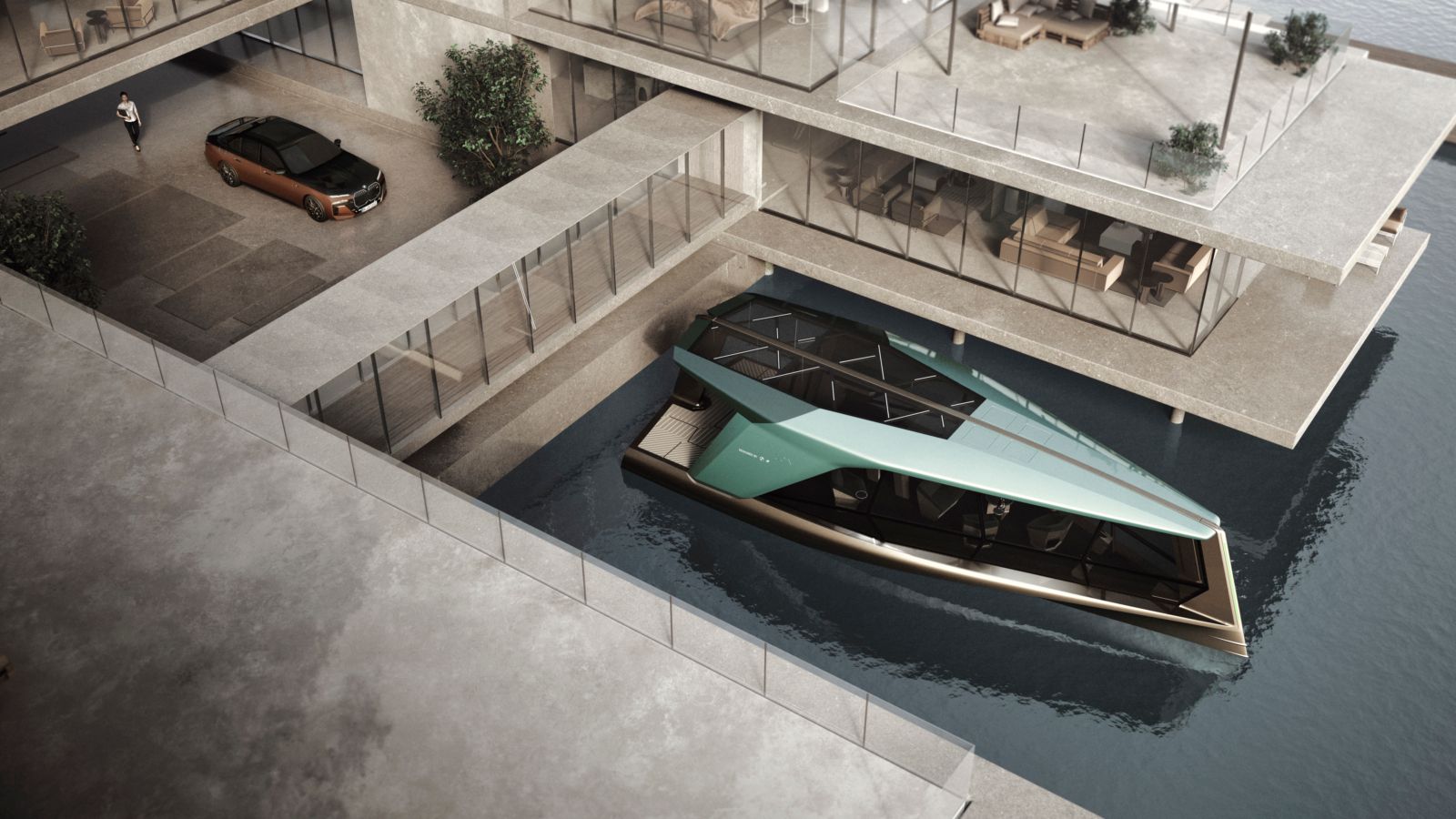
An Open-Air Perspective.
There’s something uniquely immersive about THE ICON passenger experience. Its cabin is designed to create a sense of infinite space, allowing passengers to feel connected to their surroundings. No walls, no bulkheads, just a glass pavilion that gives you an unobstructed view of the world around you. This one-of-a-kind feature sets THE ICON apart, providing an experience unlike anything you’ll find elsewhere.
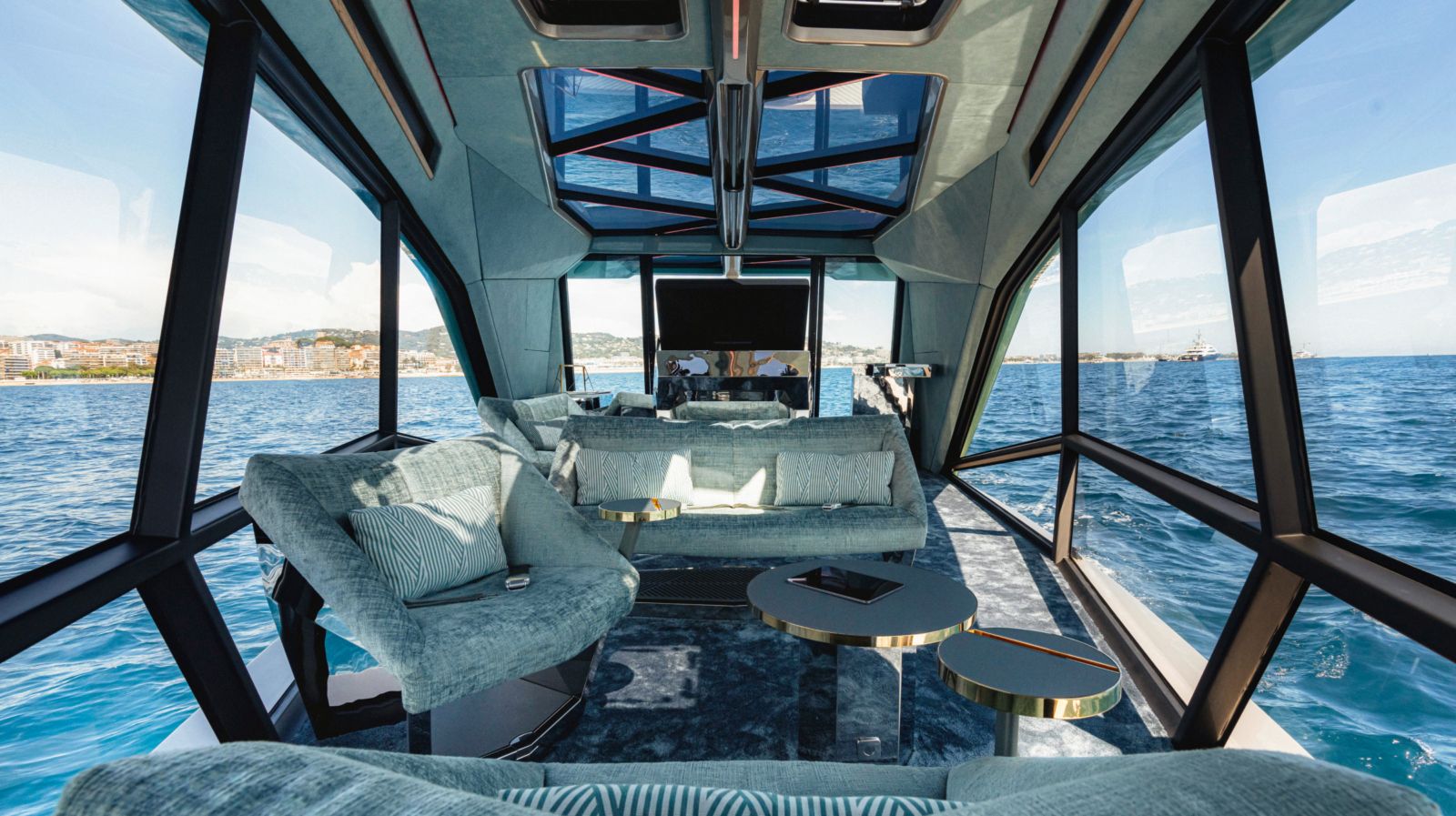
Ceiling-high panorama windows bathe the cabin in natural light, while the triangular shape of the glass creates a wave-like light reflection on the floor of the interior that mimics the behavior of the water surface.
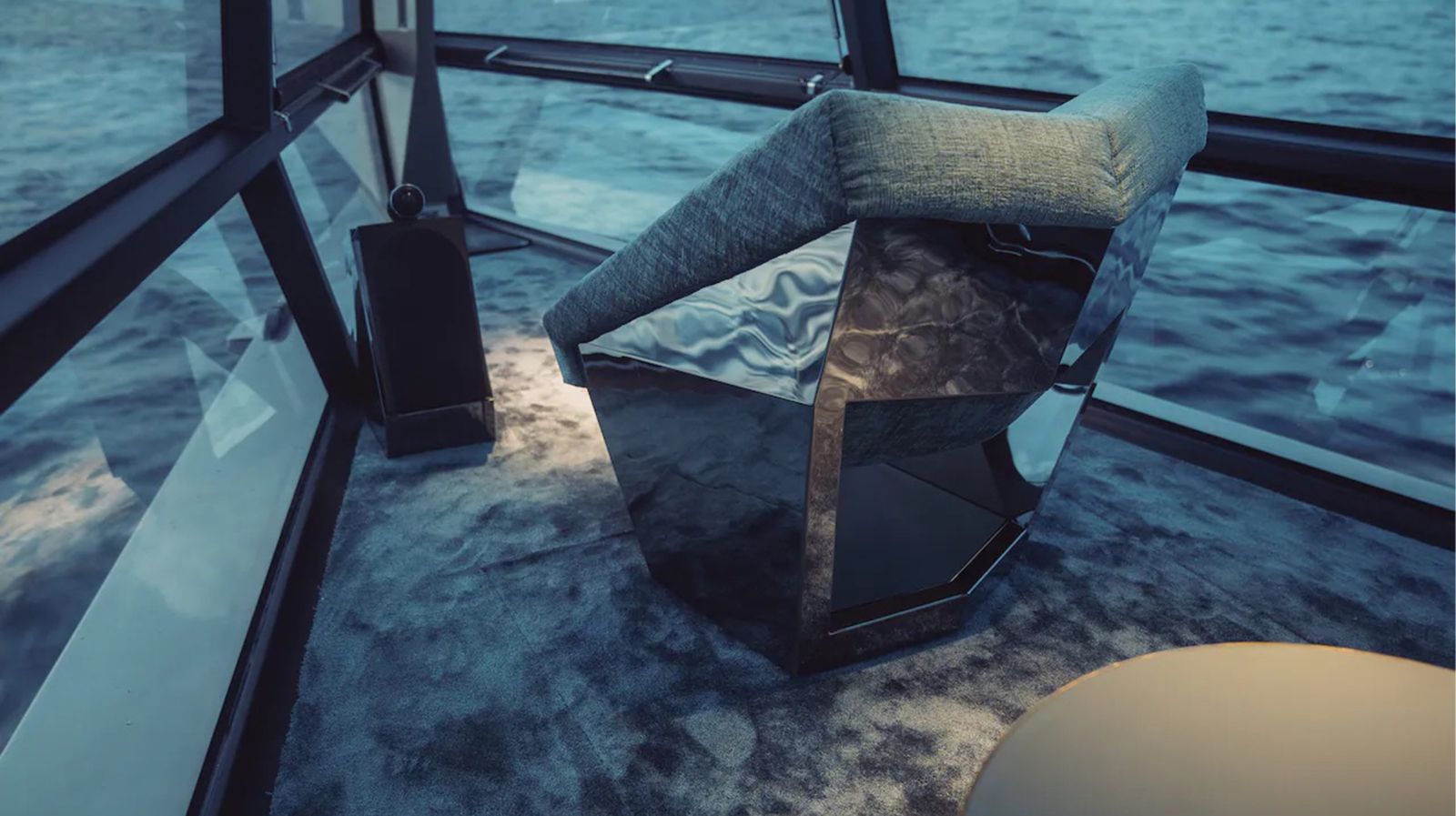
The furniture is on it too. The artfully embedded metal surfaces that can be found on it, create more reflections, further blurring the boundaries between the cabin and the environment.
“Instead of the conventional side of the ship, a ceiling-high panorama glass facade forms the exterior of the cabin. This creates a luxurious ‘Infinite Space View,’ where the view across the deck seems endless, merging with the water and the horizon.”
Smooth operator.
Another thing that sets THE ICON apart from the usual watercraft suspects is the command station. Unlike boats and yachts equipped with complex button-ridden consoles, THE ICON makes the captain’s life easier with a fully digital, user-friendly command station in the form of a 32-inch touchscreen. Thanks to Tyde’s cutting-edge computer architecture, we were able to translate the principles of the BMW ID8 system, into a holistic user interface that enables seamless interaction between the pilot and the vessel. Including advanced functions like voice control for key commands.
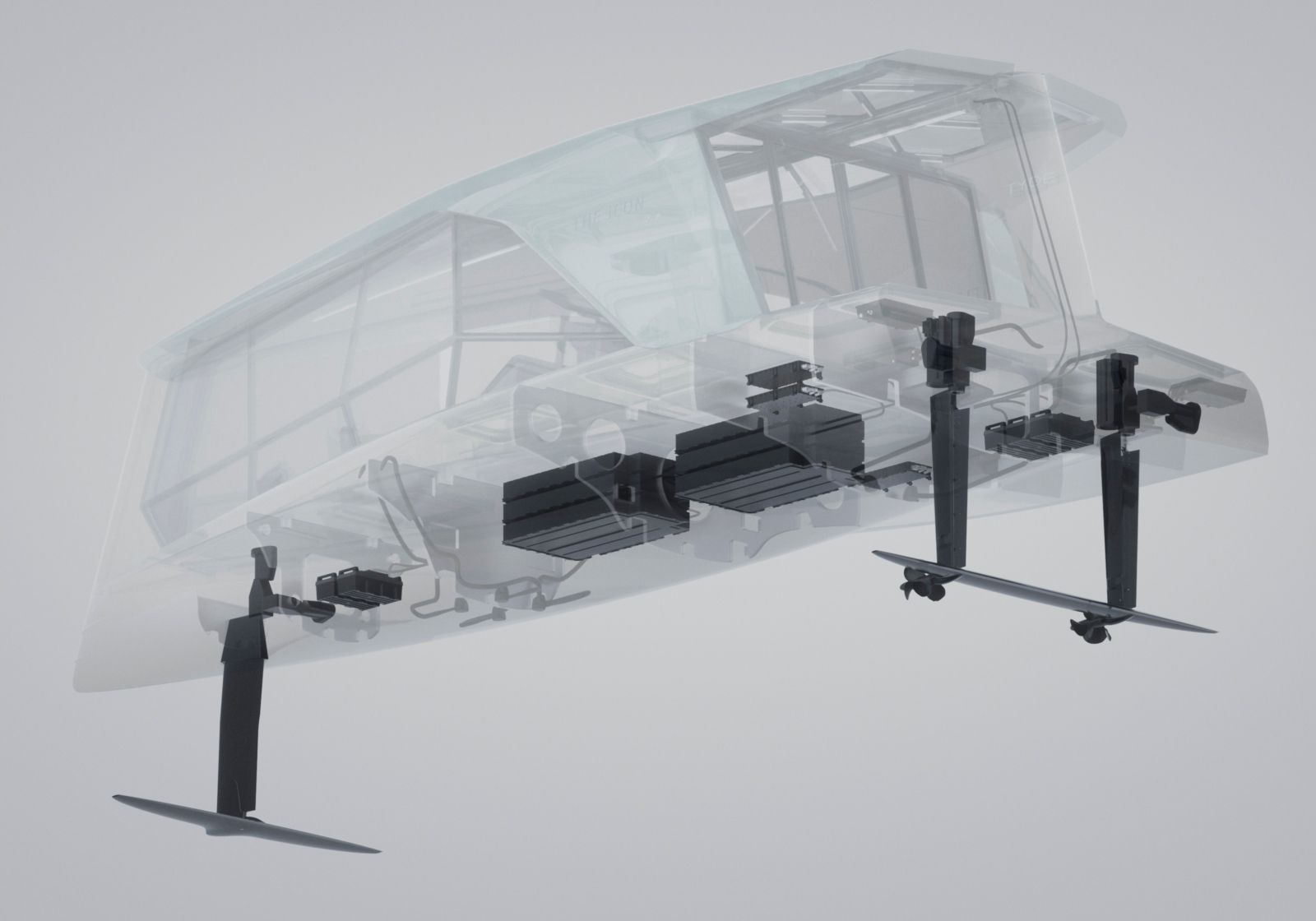
Redefining Watercraft Dynamics.
The secret behind THE ICON’s incredible scalability and flexibility lies in its super-flat, lightweight hull and the foiling technology that propels it. This forms the core of the platform and serves as the foundation for future members of the ICON product family.
As designers, it was very liberating to use hydrofoils. It enables the watercraft to have a very shallow hull, as the technologies can be housed efficiently there. We created a platform so that the interior can be configured for the user and passenger, without affecting performance.”
As the foils act like underwater wings, they lift the hull above the water, allowing the vessel to “fly” about a meter above the surface. This feature makes the entire system highly energy efficient, as water resistance is minimized. Consequently, the entire system can be powered solely by BMW i batteries, further reducing the required size and volume to accommodate the technology. Moreover, the hovering effect eliminates the need for traditional protective sides found on conventional vessels. This, in turn, grants us greater freedom to utilize the available space aboard.
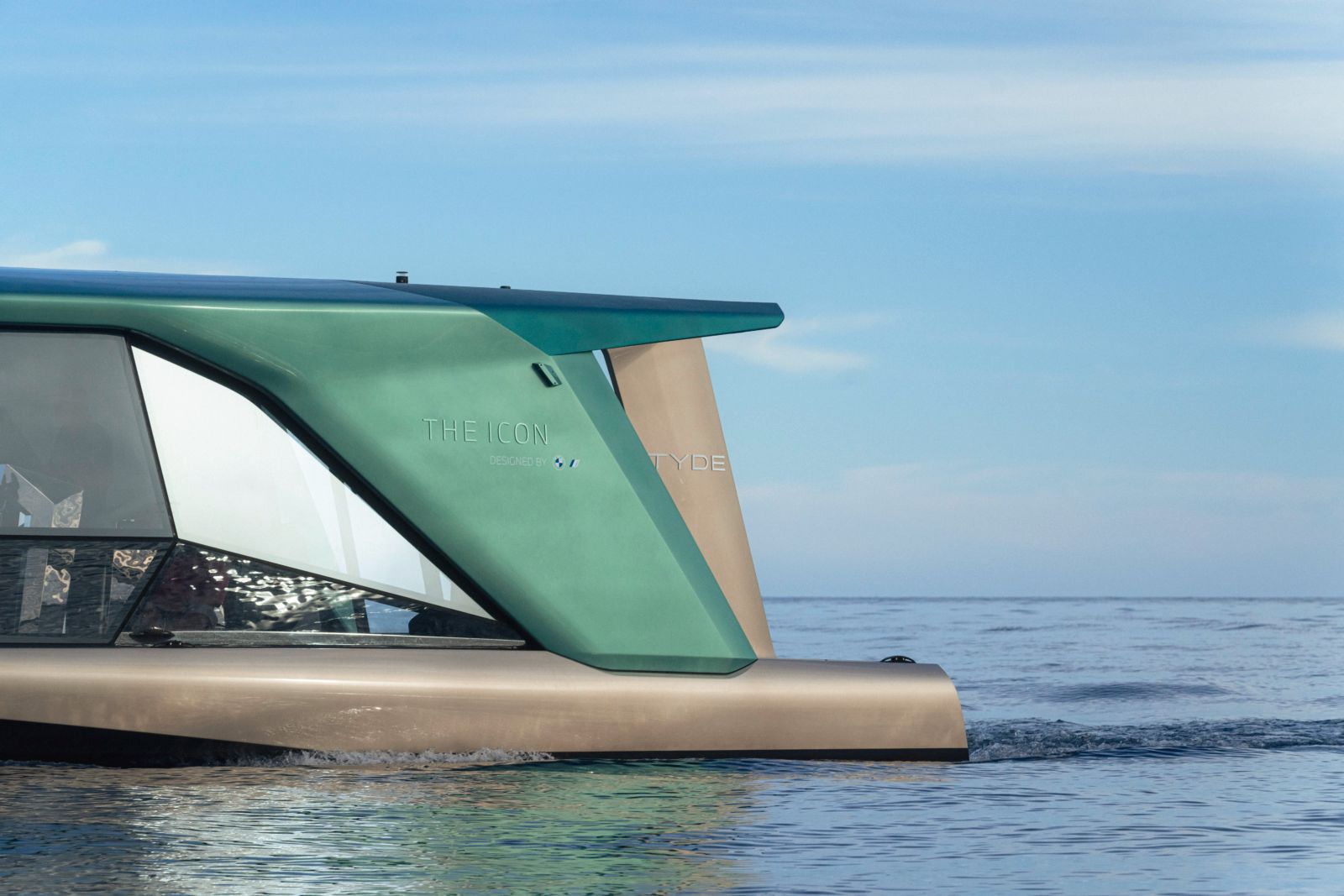
Where partnerships set sail.
Next to the technical and engineering complexities, finding the right partners for this endeavor has been a core success factor for the team. It’s not just the fact that mobility on water is ten times more energy-intensive than on land. Overcoming all the that’s-crazy-it-cannot-be-done until you finally reach the that’s-crazy-let’s-do-its is pretty energy-intensive too.That’s the beauty of design. It has the power to foster a paradigm-shifting mindset. Design can initiate, design can drive and moderate, it can make people believe in bold, daring visions. And we will always be open to more, more, and more of that.
